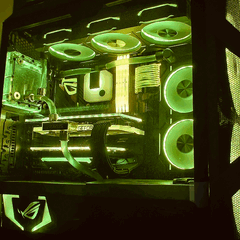What makes the biggest difference in temps in a loop? AIO vs Customloop
-
Topics
-
0
-
0
-
Other James ·
Posted in LMG Sponsor Discussion0 -
pjstar35 ·
Posted in Storage Devices3 -
0
-
0
-
ariaselm ·
Posted in Troubleshooting5 -
6
-
StafVanderbruggen ·
Posted in PC Gaming3 -
Edward78 ·
Posted in Peripherals0
-


.png.255947720031a641abdac78e663b681c.png)














Create an account or sign in to comment
You need to be a member in order to leave a comment
Create an account
Sign up for a new account in our community. It's easy!
Register a new accountSign in
Already have an account? Sign in here.
Sign In Now